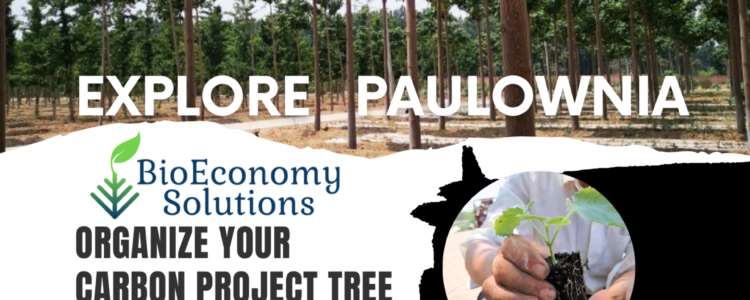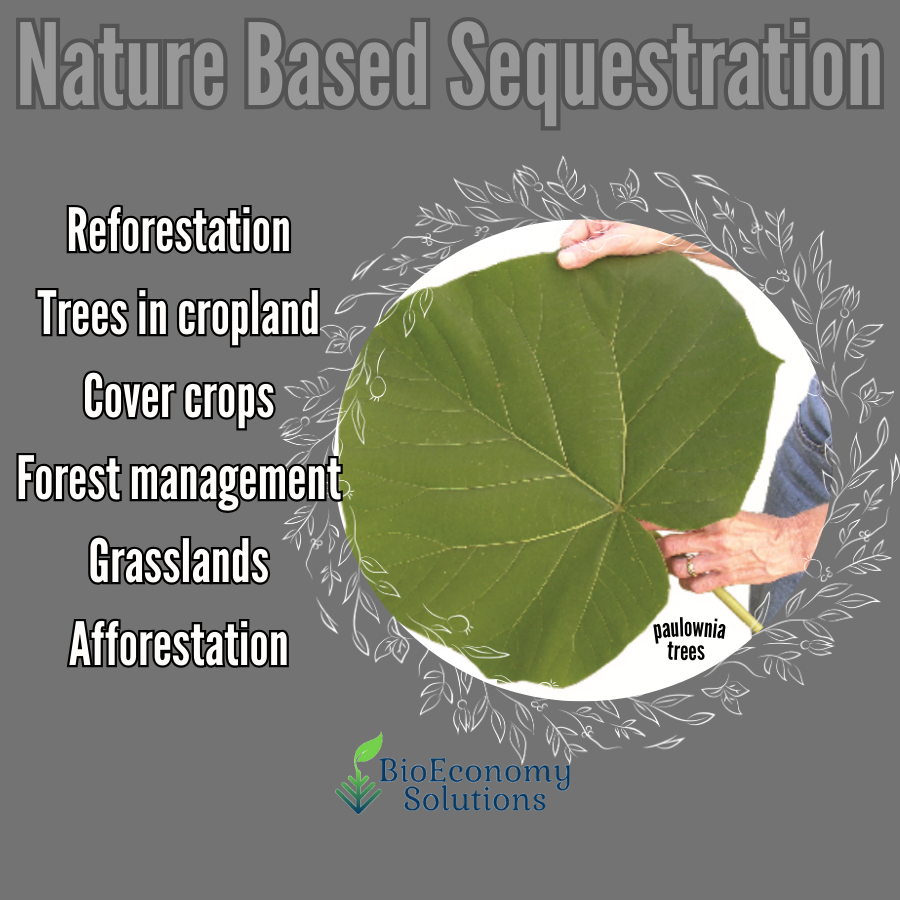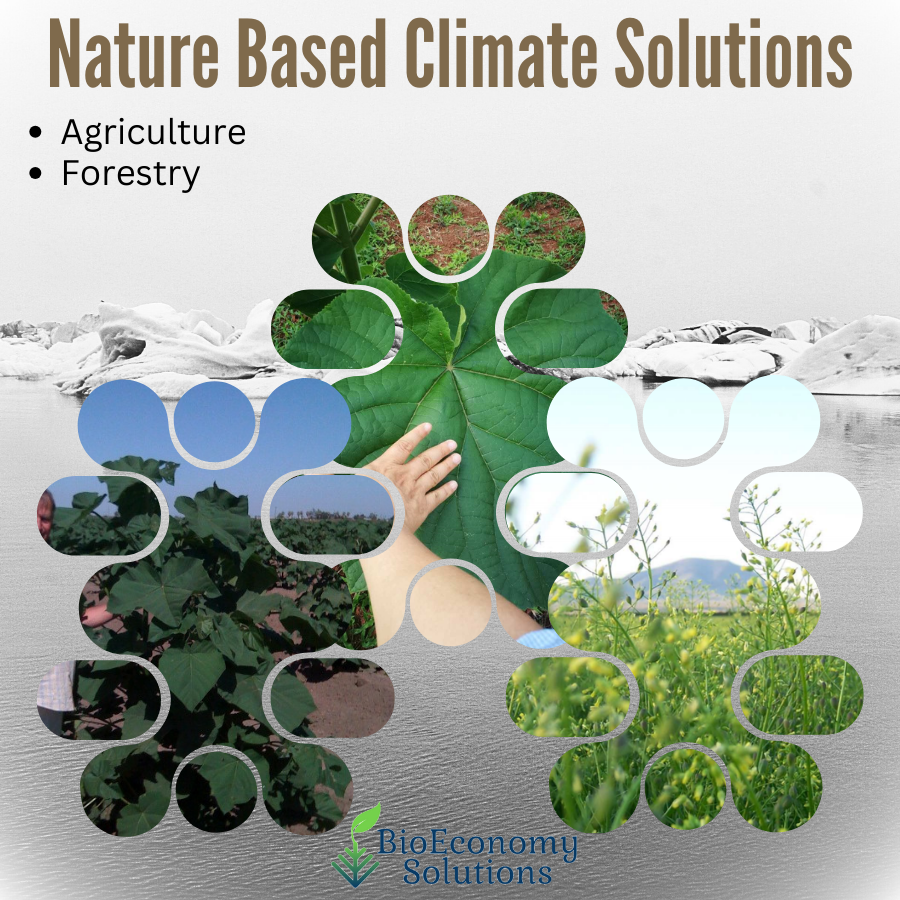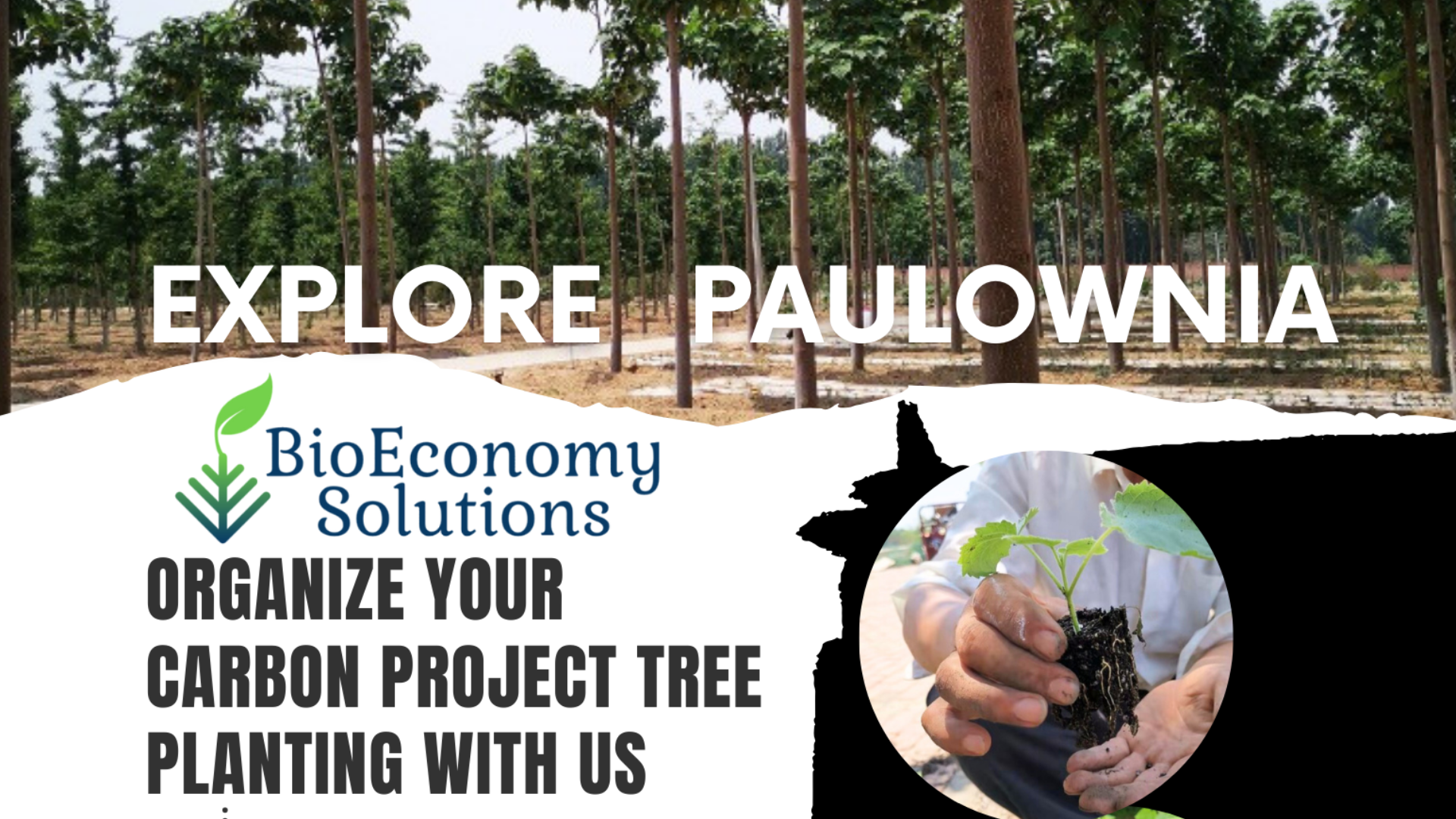Have you experienced the elegance and durability of Paulownia furniture, set to redefine bioeconomysolutions?
Discover the prowess of paulownia, also known as empress or kiri tree, for superior-quality furniture production.
Harness the economic benefits of paulownia lumber, strong yet lightweight, perfect for utilitarian tv tray uses or contemporary furniture designs.
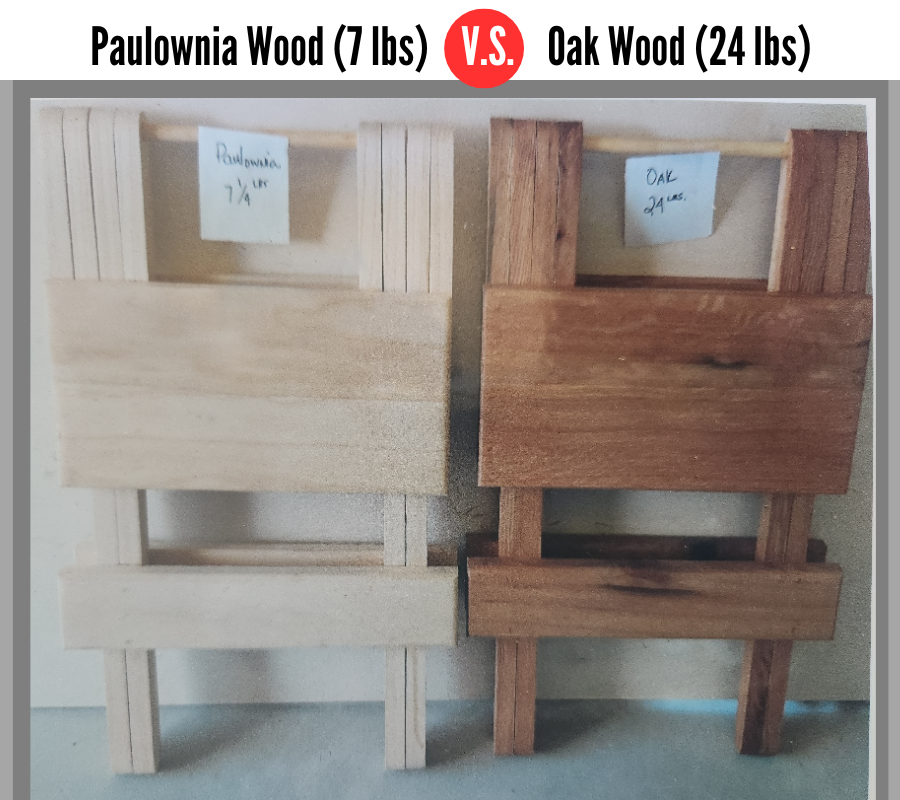
Embrace the versatility of paulownia wood, a game-changer for your enterprise’s sustainability efforts.
Explore the strength of paulownia timber, harvested from kiri wood trees, ideal for making sturdy, stylish furniture.

Uncover new frontiers in the lumber industry with kiri lumber, which is synonymous with high-quality furniture outcomes.
Create stunning pieces of furniture with the wood from the kiri tree, known for its extraordinary growth rate and sustainability.
Utilize empress tree lumber, a synonym for paulownia, to exhibit your commitment towards greener furniture solutions.

Explore paulownia veneer and wood veneer options for exquisite finishing touches to your Paulownia furniture.
Join the revolution right from South Carolina, bringing kiri timber and paulownia furniture into the mainstream, making USA paulownia wood and paulownia hardwood lumber the materials of choice for eco-responsible furniture production.
As business owners and entrepreneurs, you have the power to change the future with our royal paulownia trees, contributing to a sustainable and enriched ecosystem in the long run. Embrace the paulownia tree revolution and position your brand as the go-to carbon project partner. Act now, for the future is in your hands!
Where To Buy Paulownia? Paulownia Wood For Sale – QUESTIONS?
Visit our web page. https://bioeconomysolutions.com/paulownia-lumber/
We’re happy to organize a time to speak with you about our paulownia trees and lumber we have for sale. Please book your preferred time to speak directly.
Here’s a link to my online calendar/schedule:
www.bioeconomysolutions.com/bookcall
BioEconomy Solutions
Office: 843.305.4777
#paulownia #furniture #woodfurniture
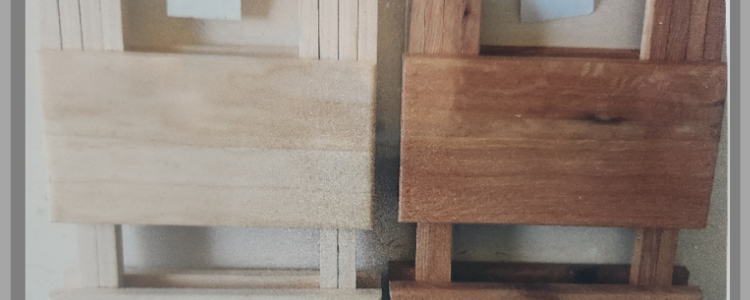
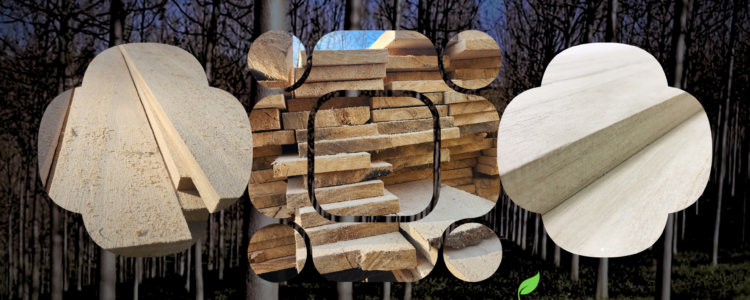
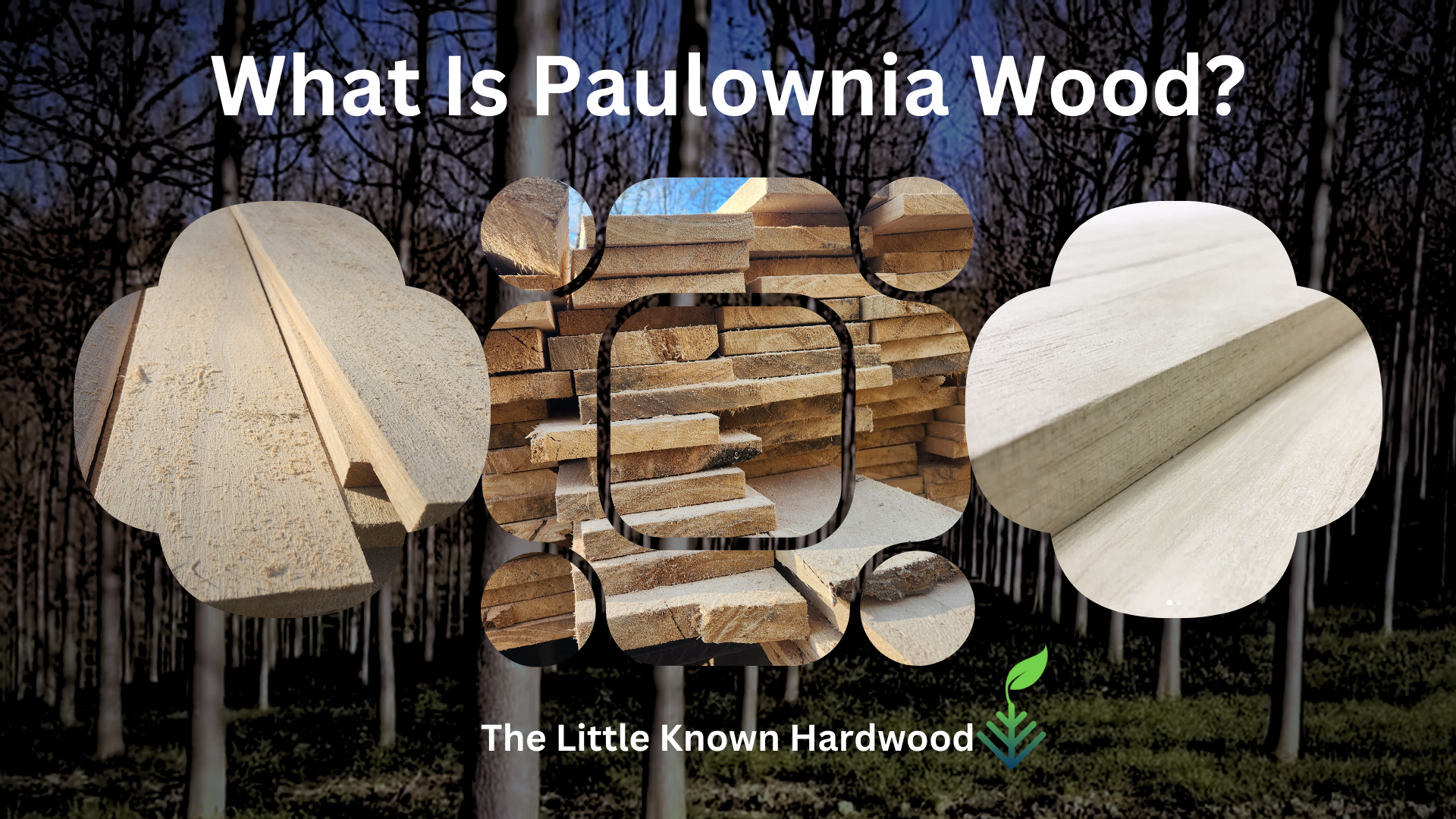
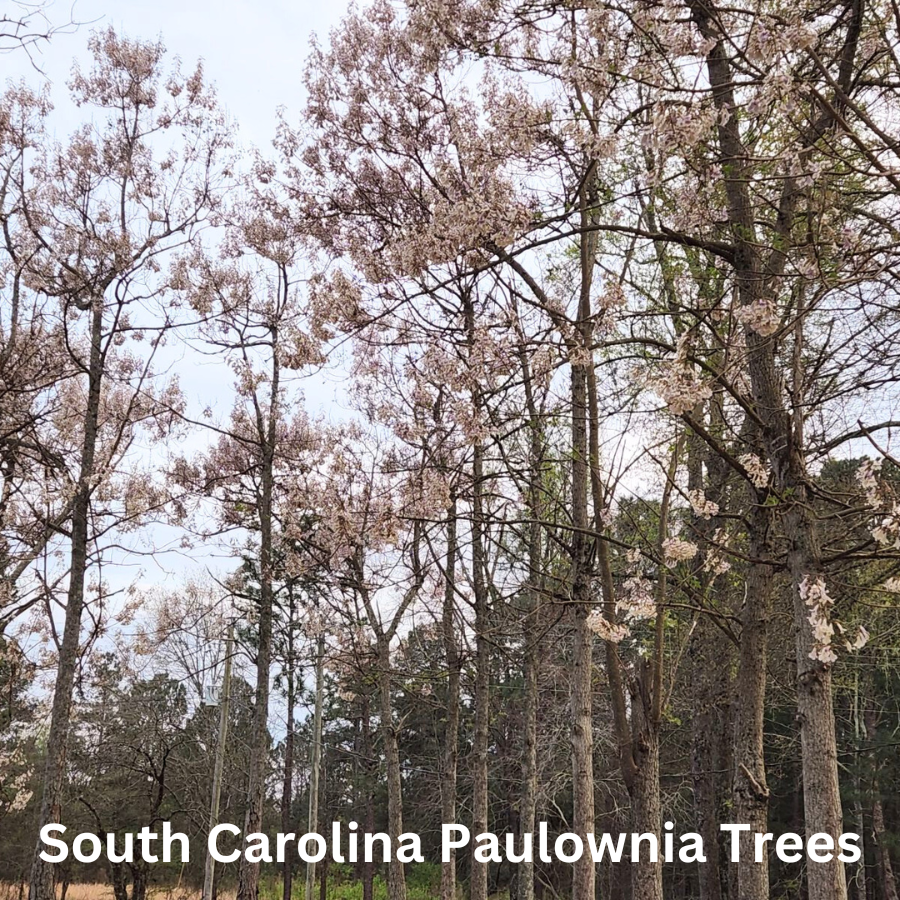
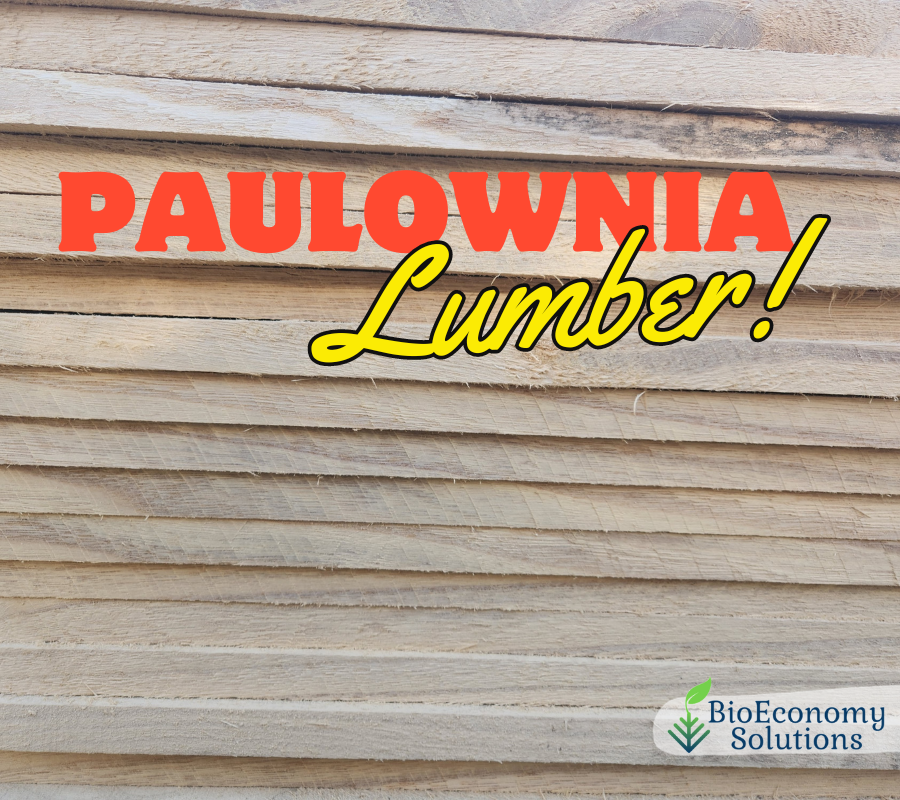
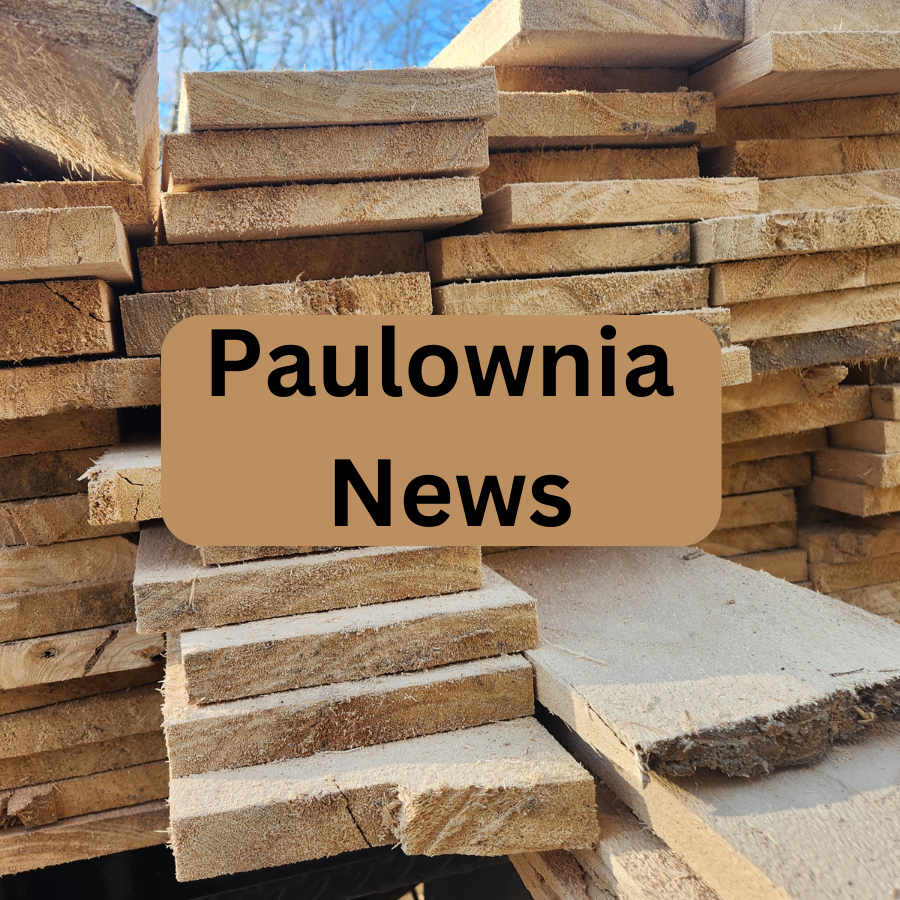
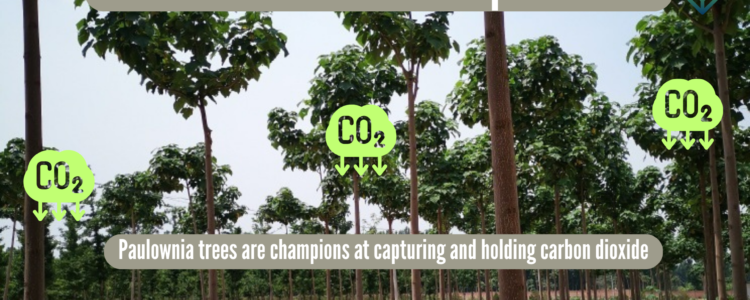
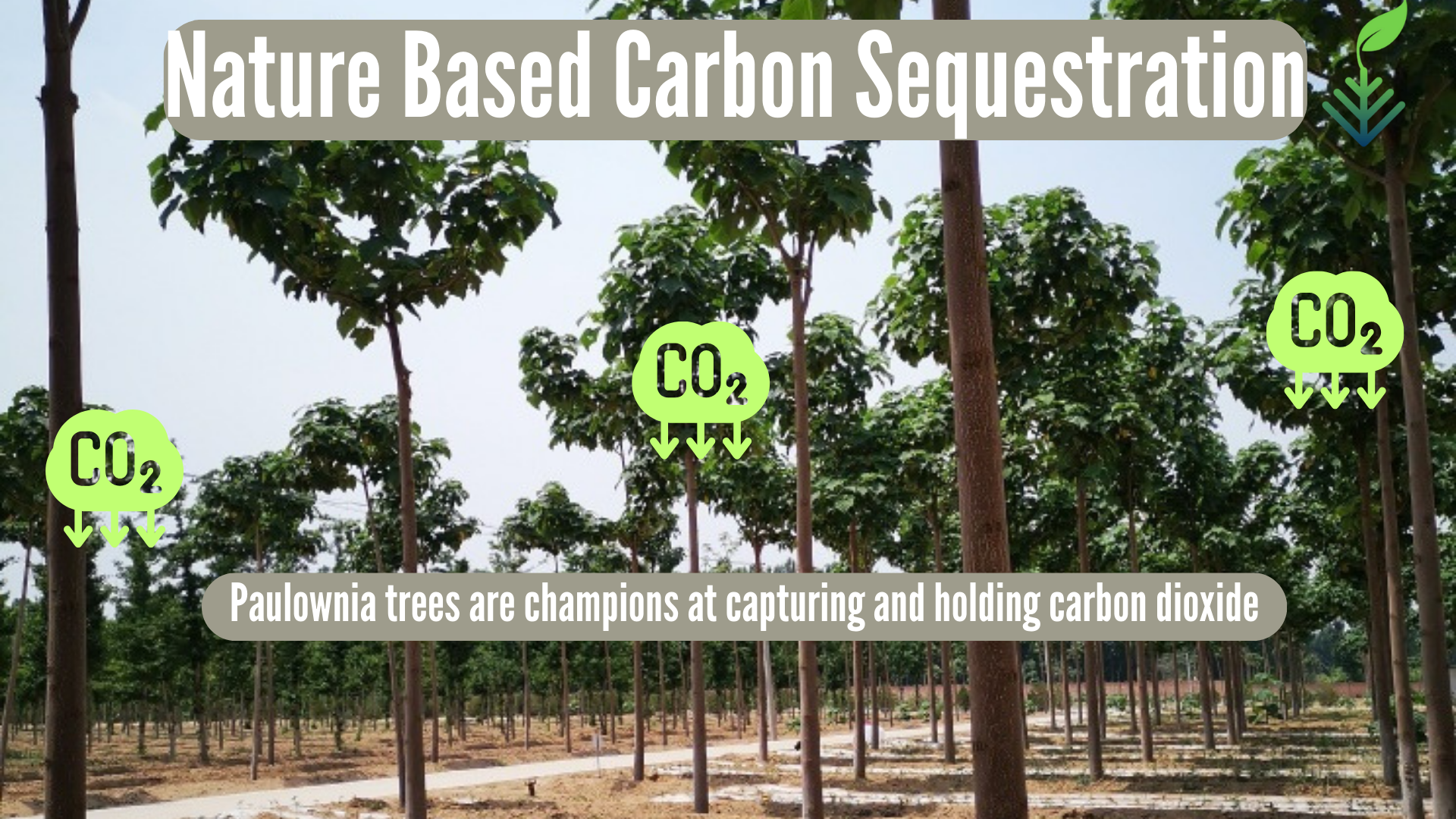

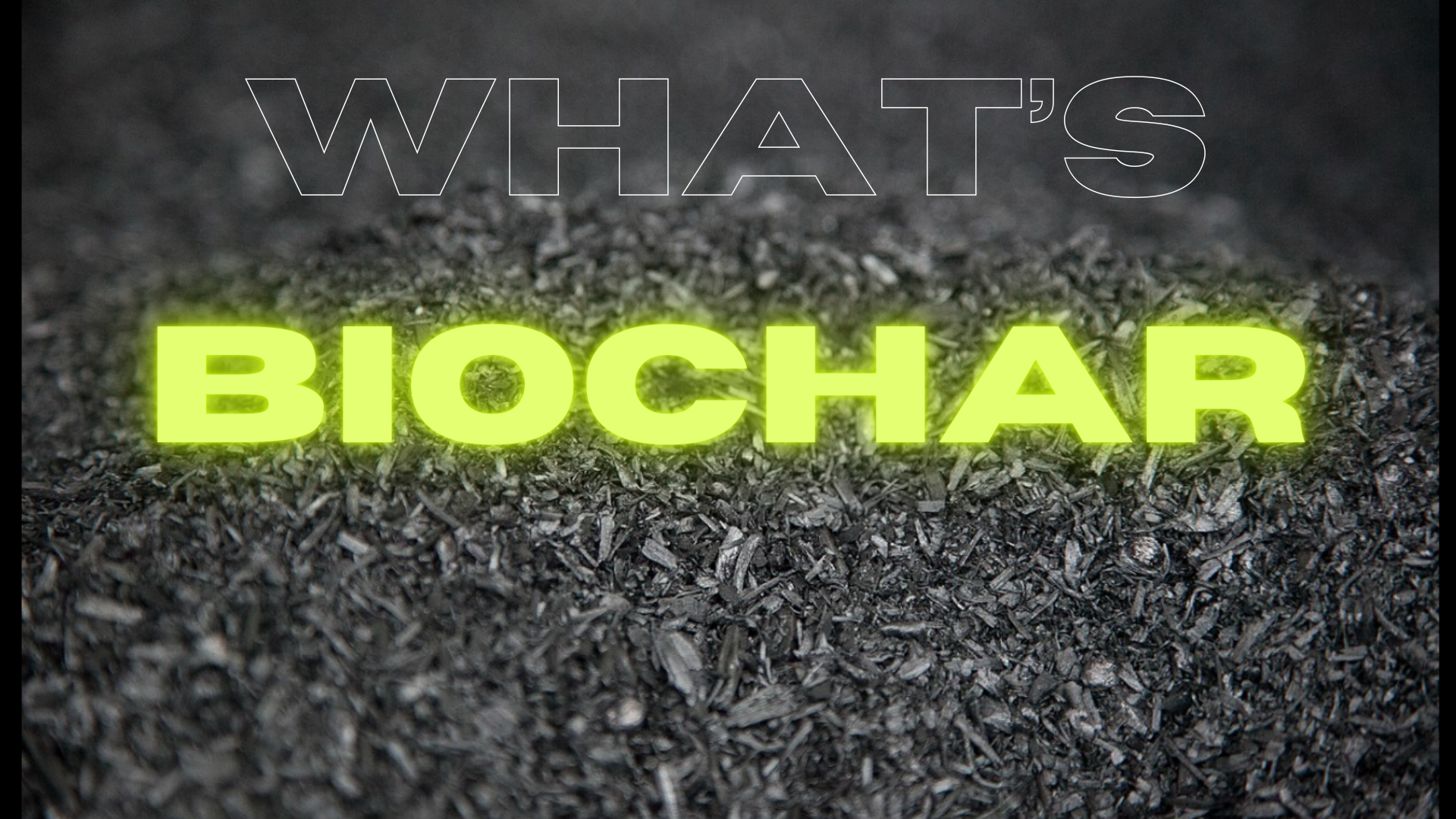
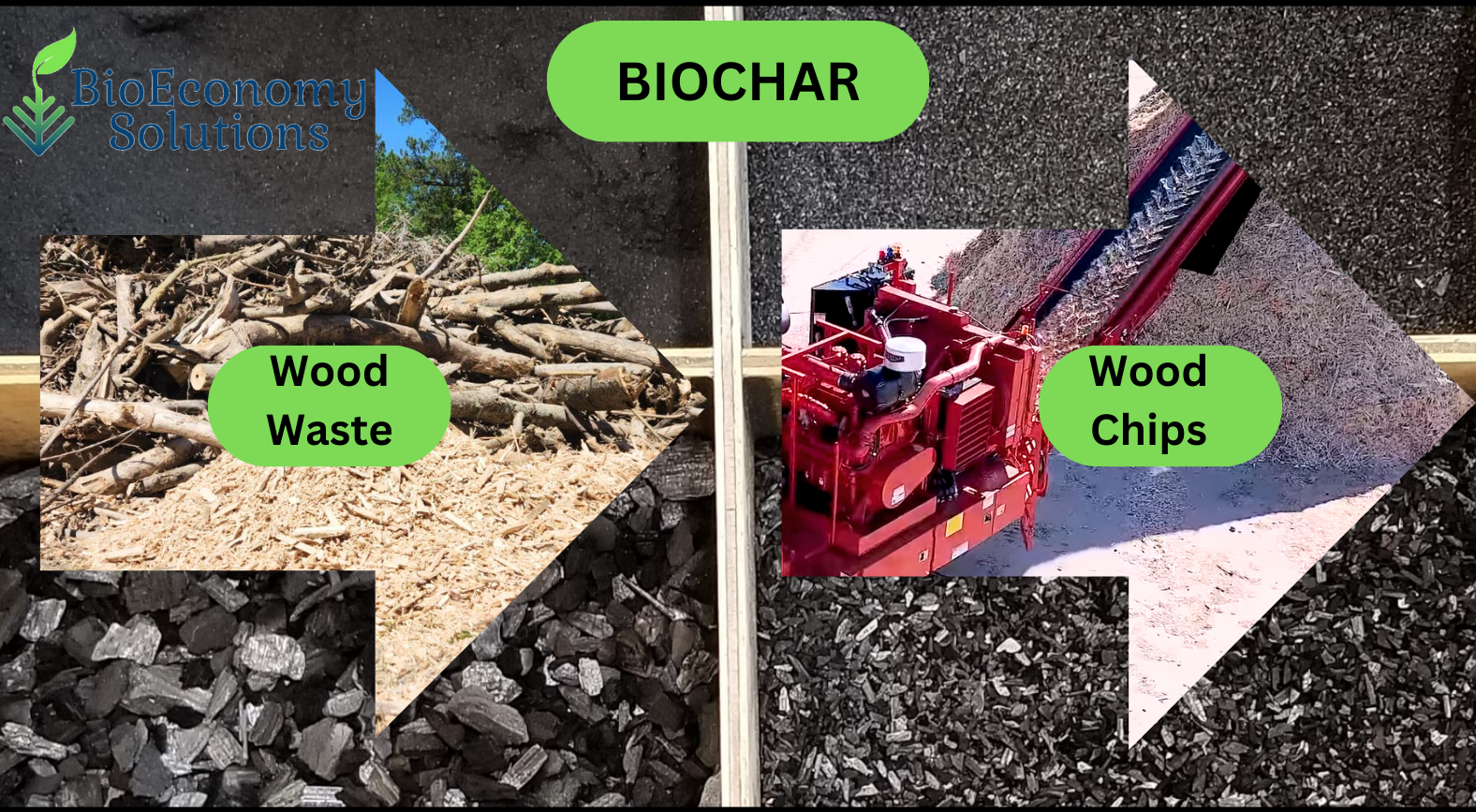
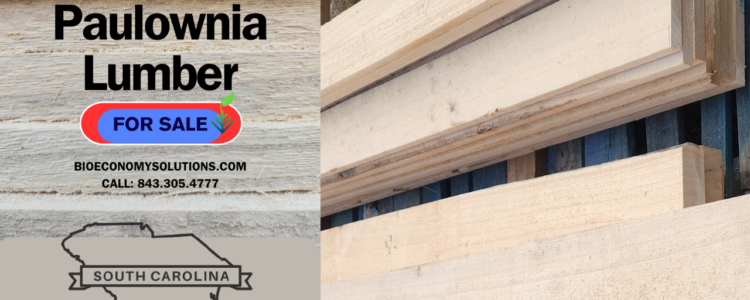
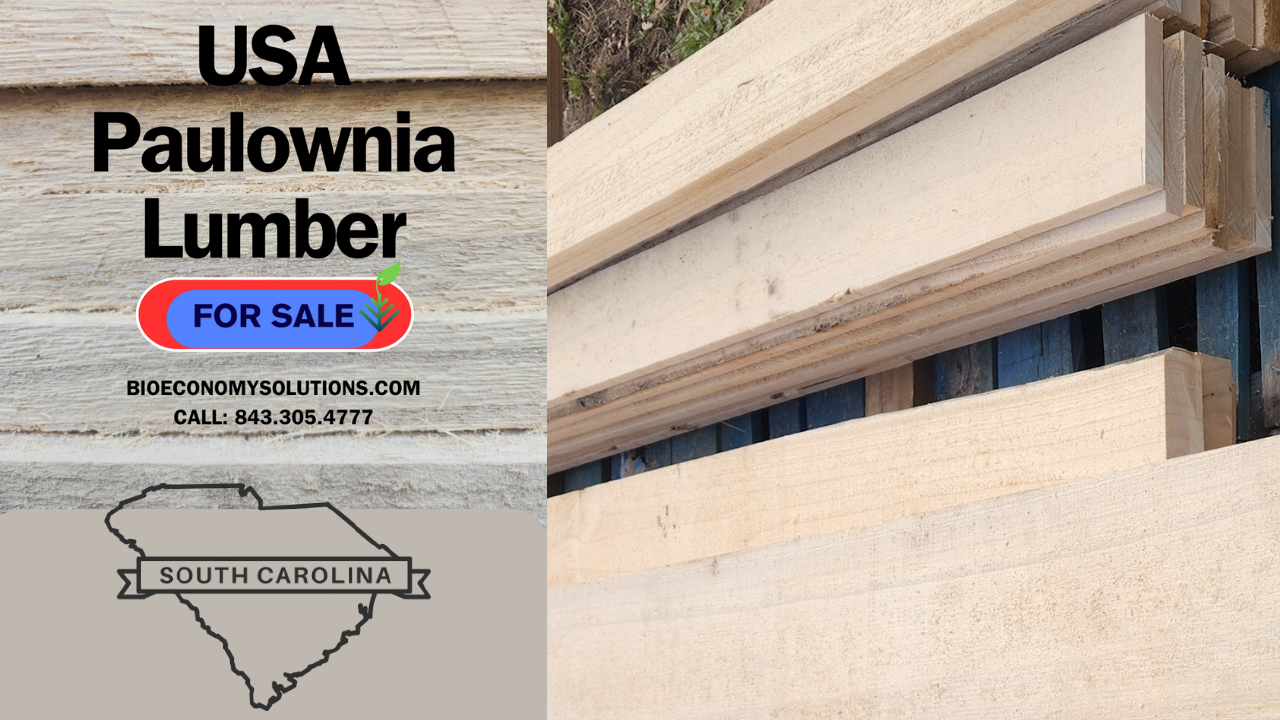

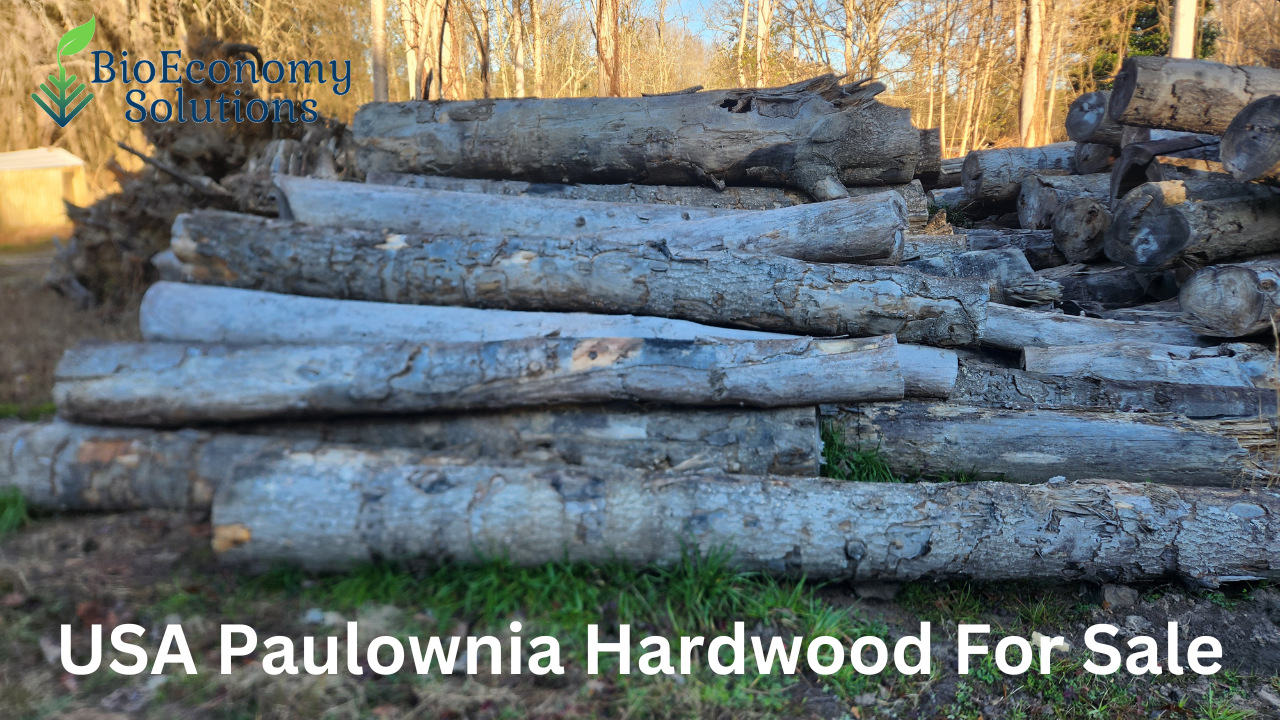
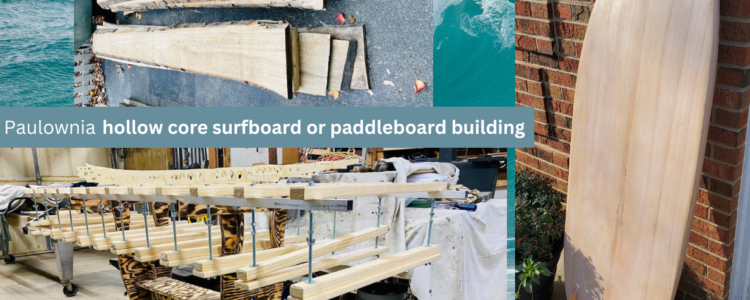
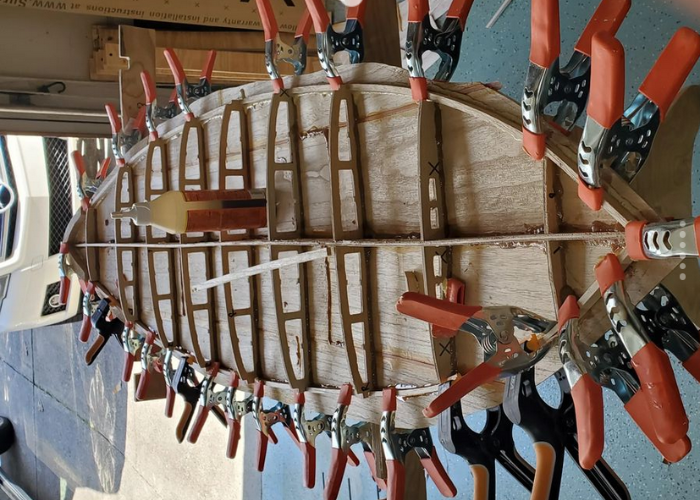
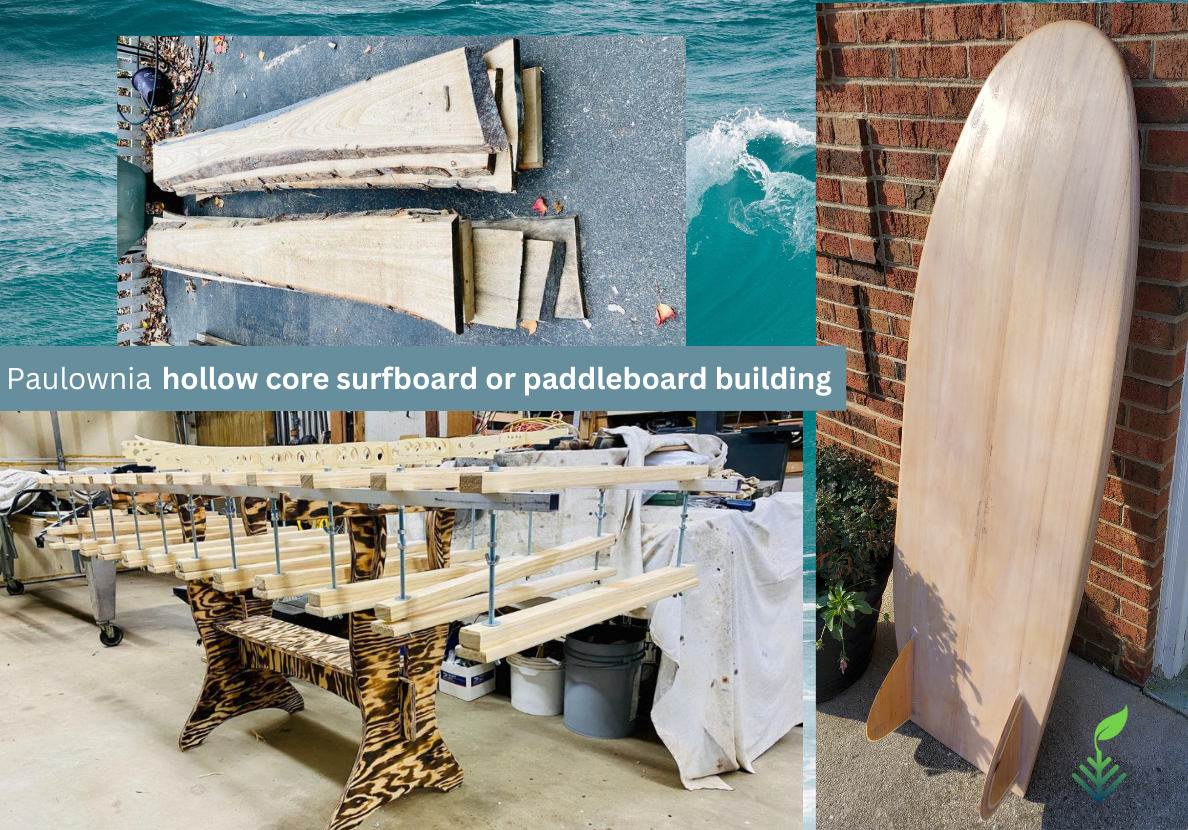 Weather you are a hobbyist or full time manufacturing company, paulownia wood grown in South Carolina USA may be a new expression of your talent.
Weather you are a hobbyist or full time manufacturing company, paulownia wood grown in South Carolina USA may be a new expression of your talent.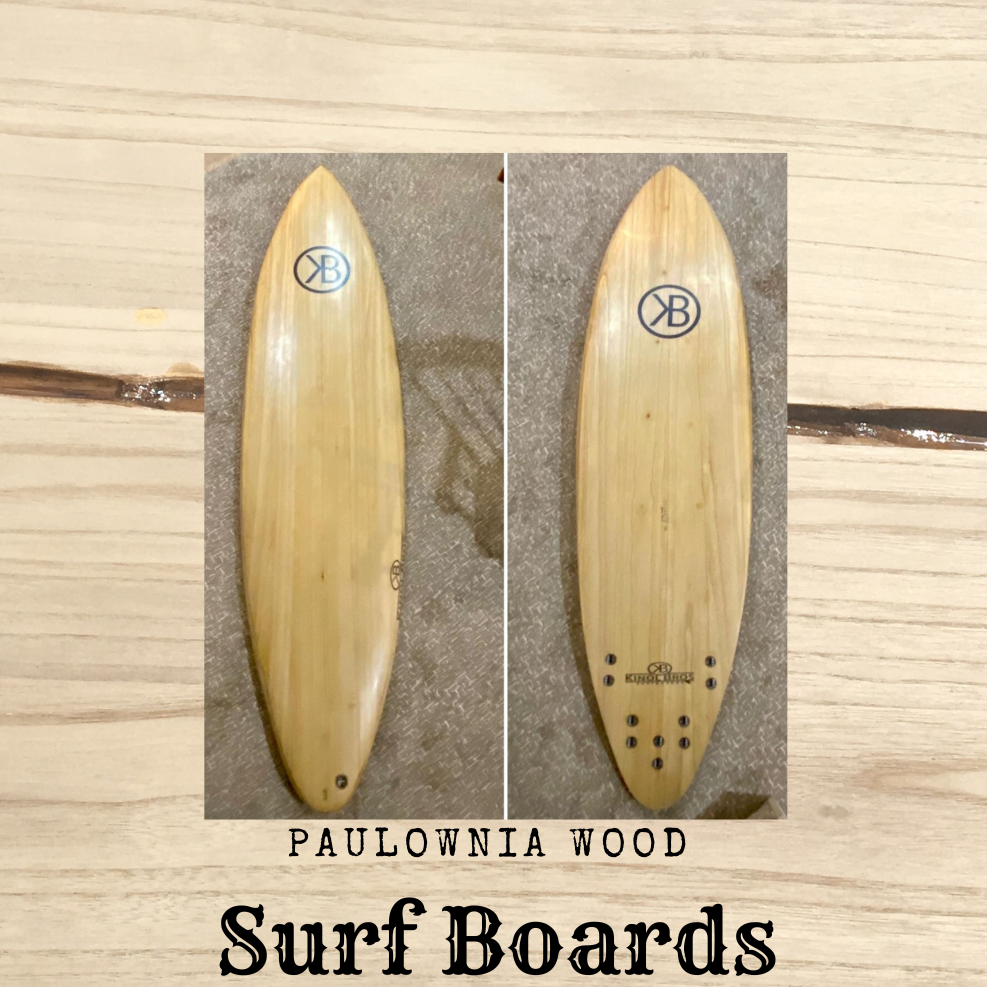
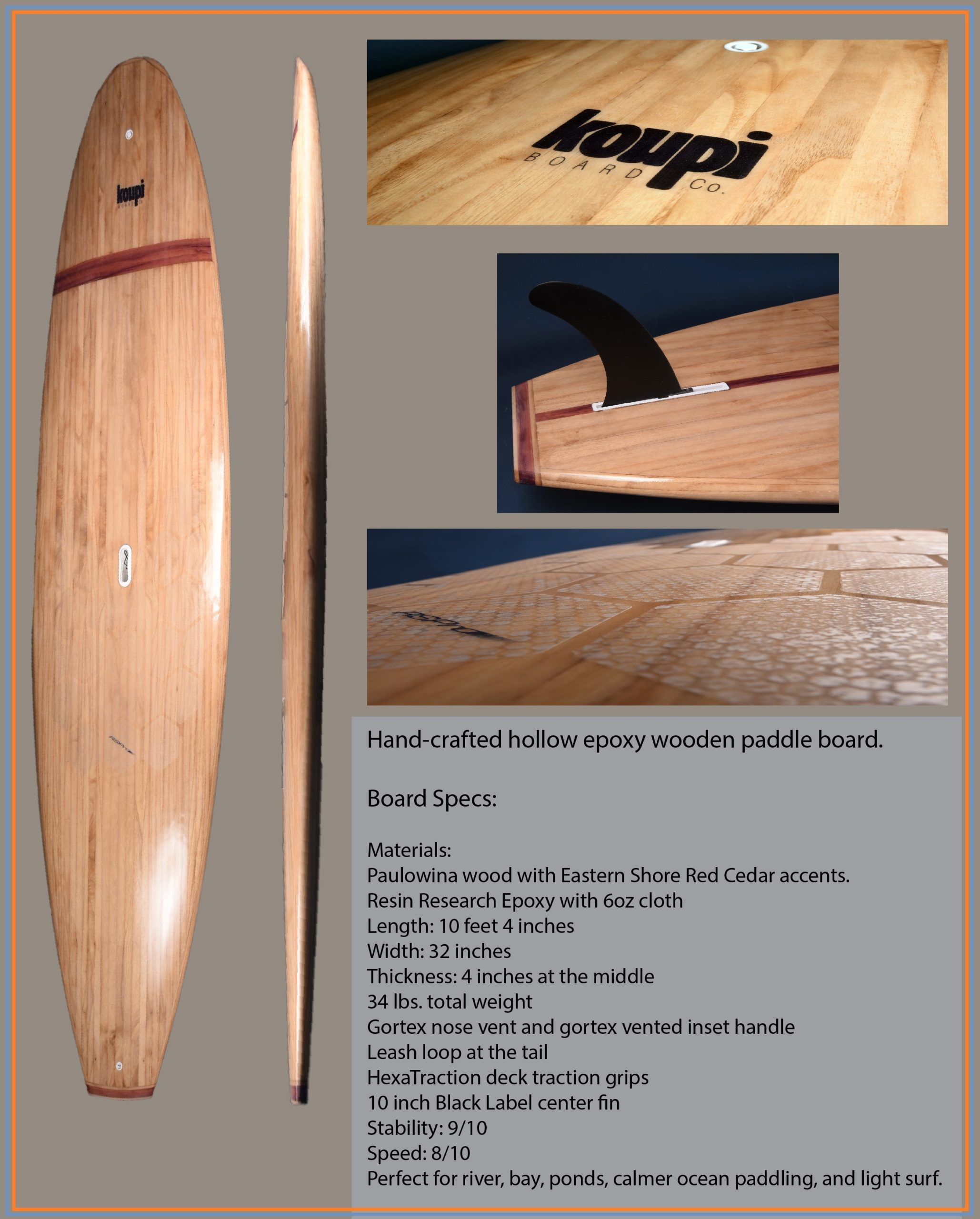
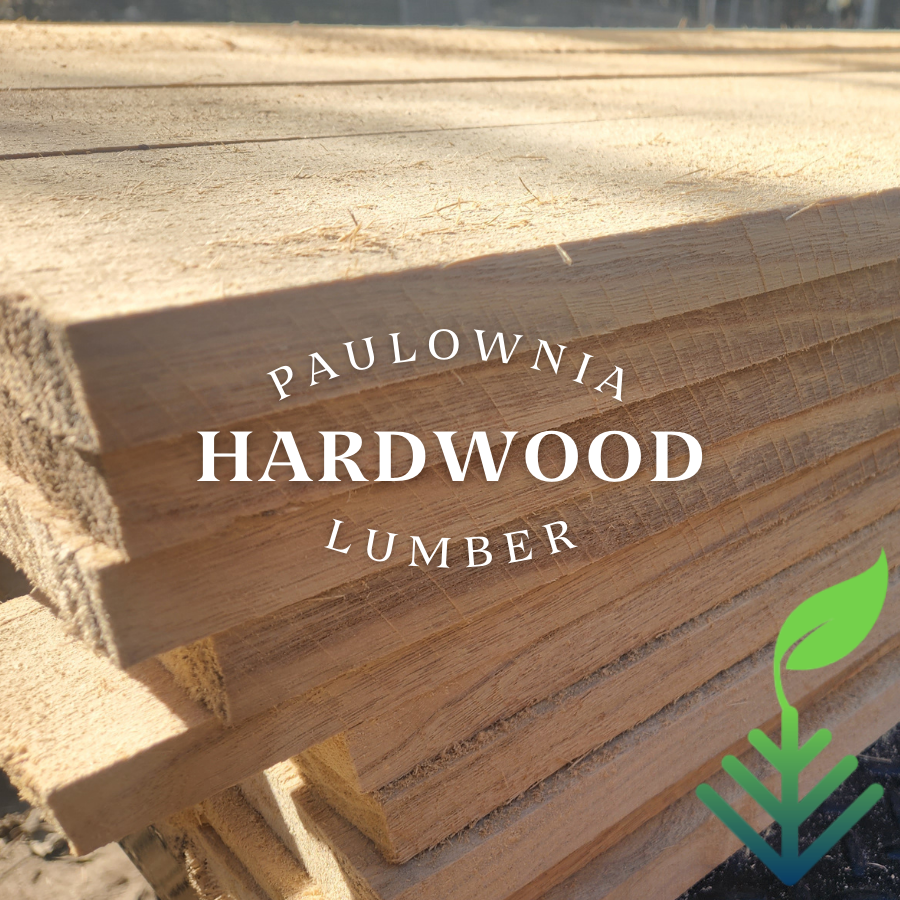
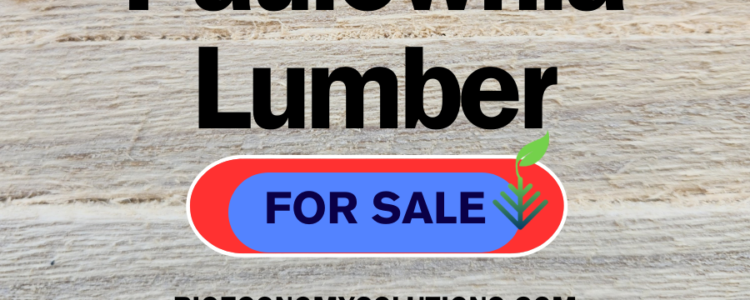
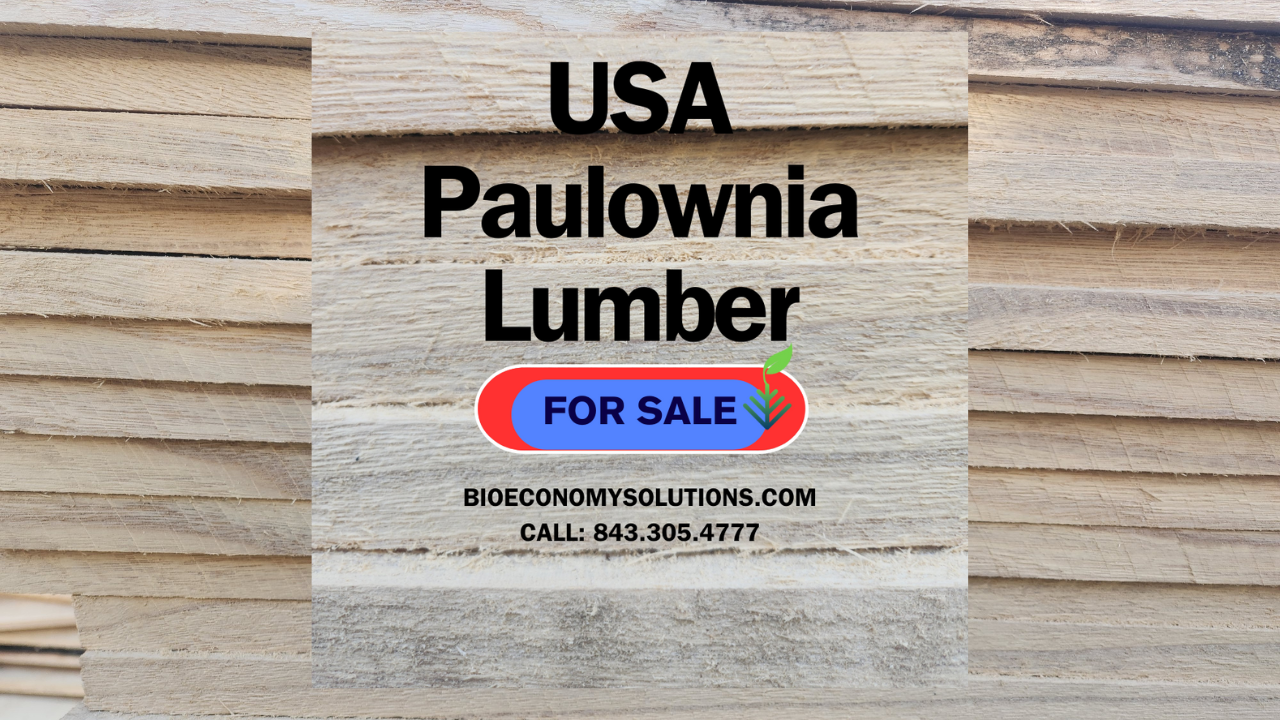
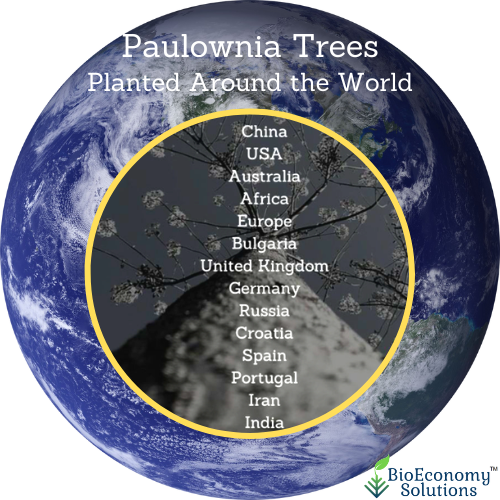
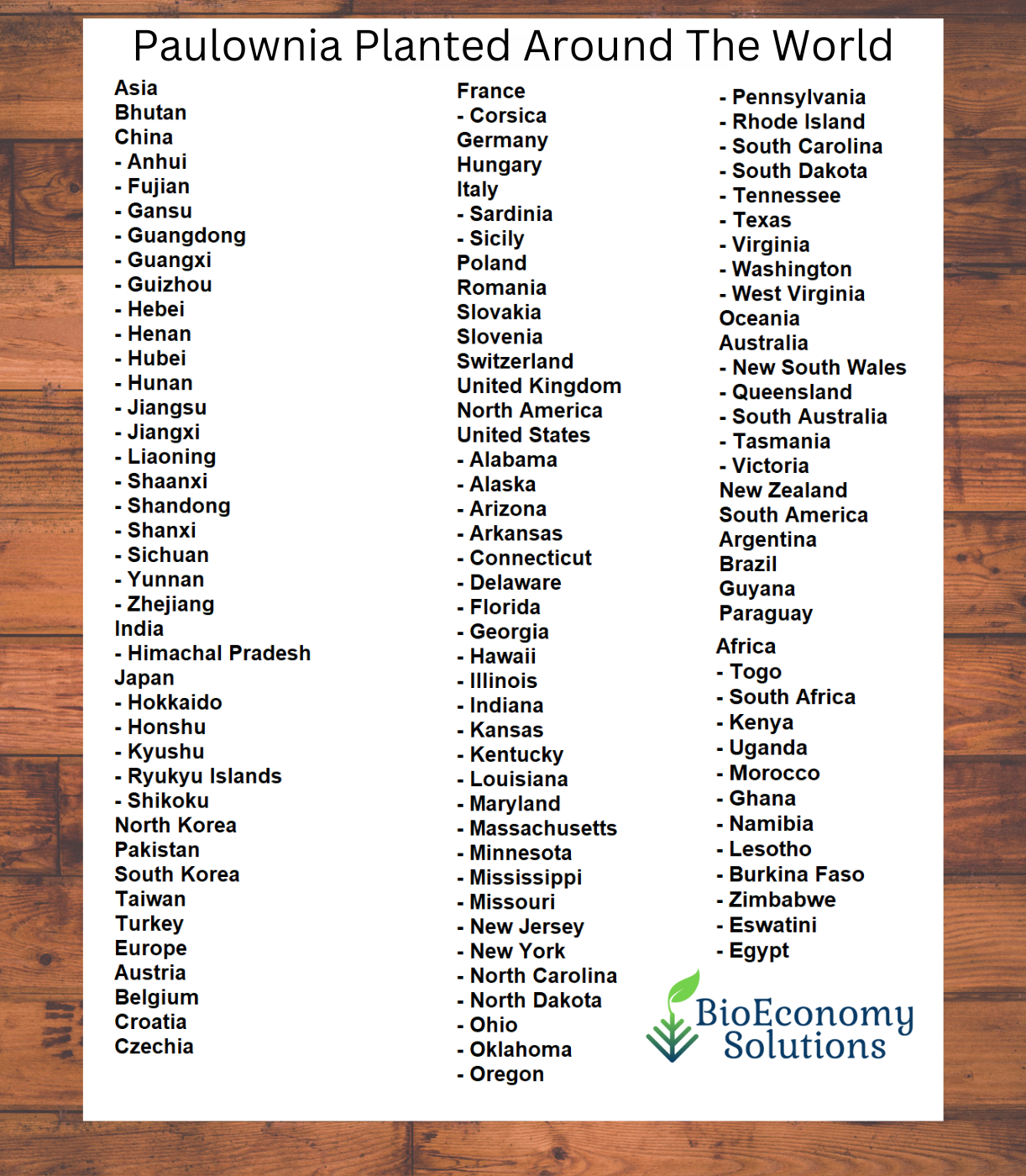
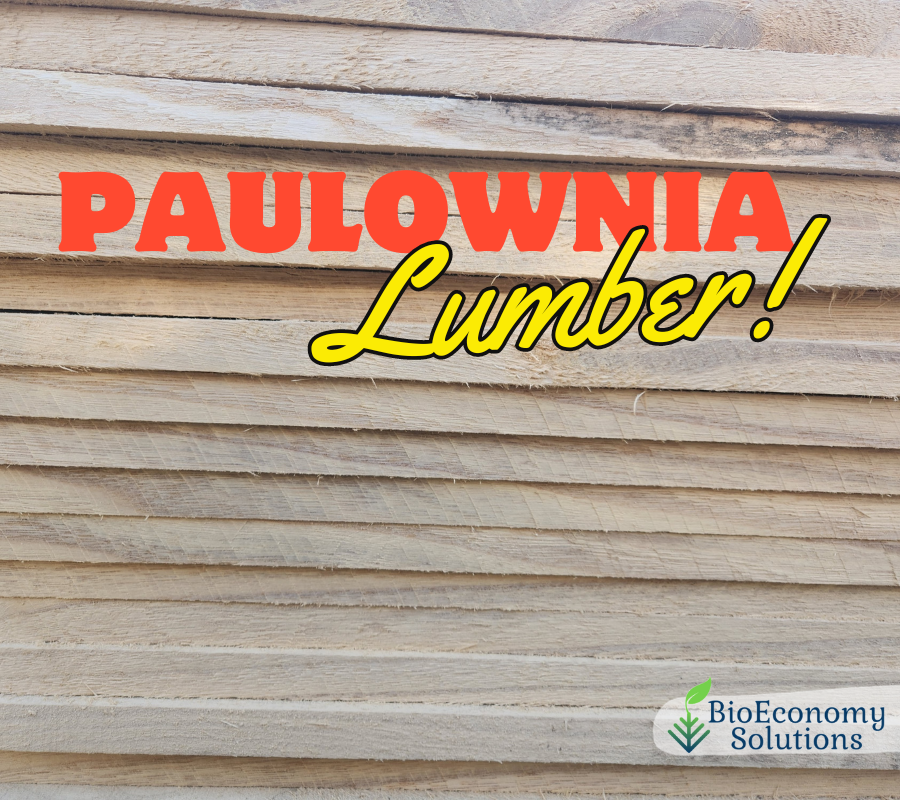
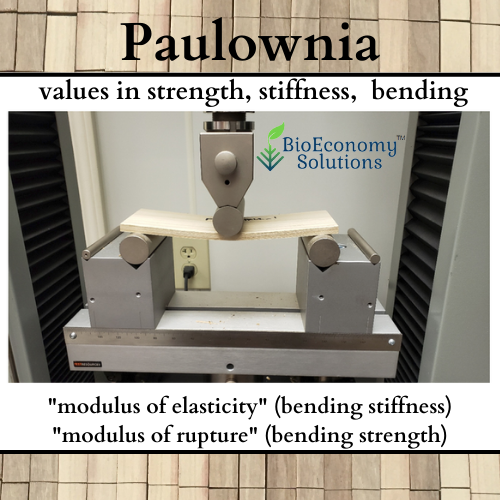
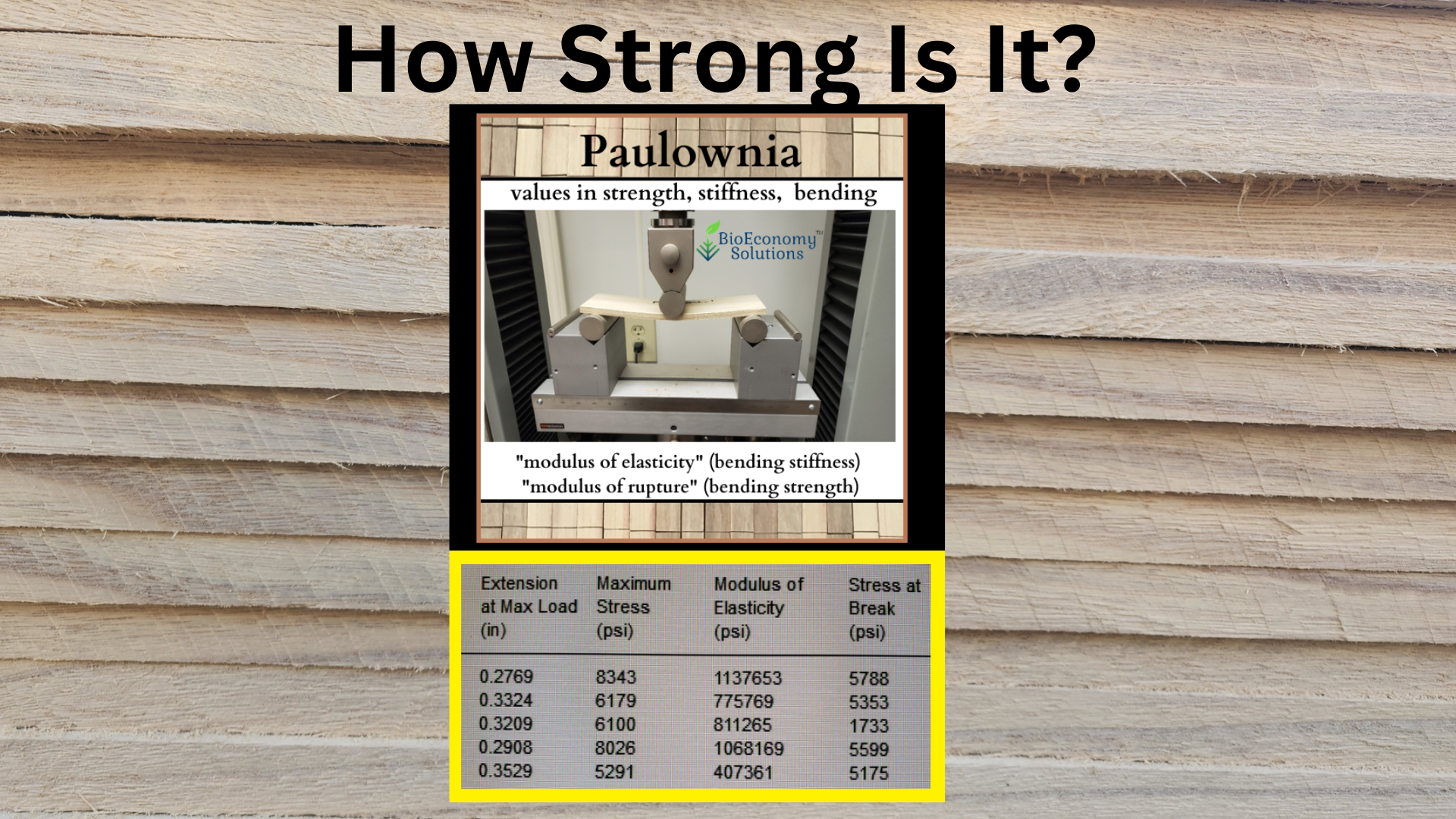 Where to buy paulownia? We’re providing paulownia lumber from our U.S. South Carolina Paulownia tree farm facility.
Where to buy paulownia? We’re providing paulownia lumber from our U.S. South Carolina Paulownia tree farm facility.